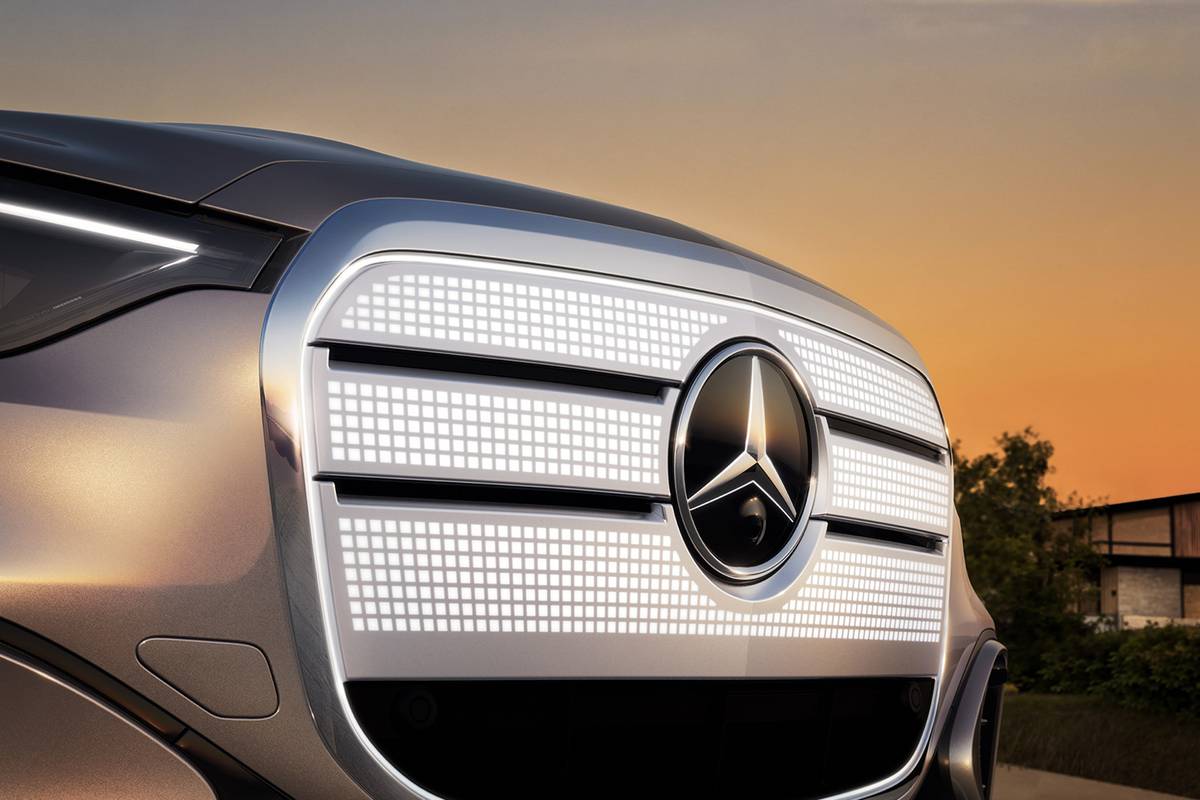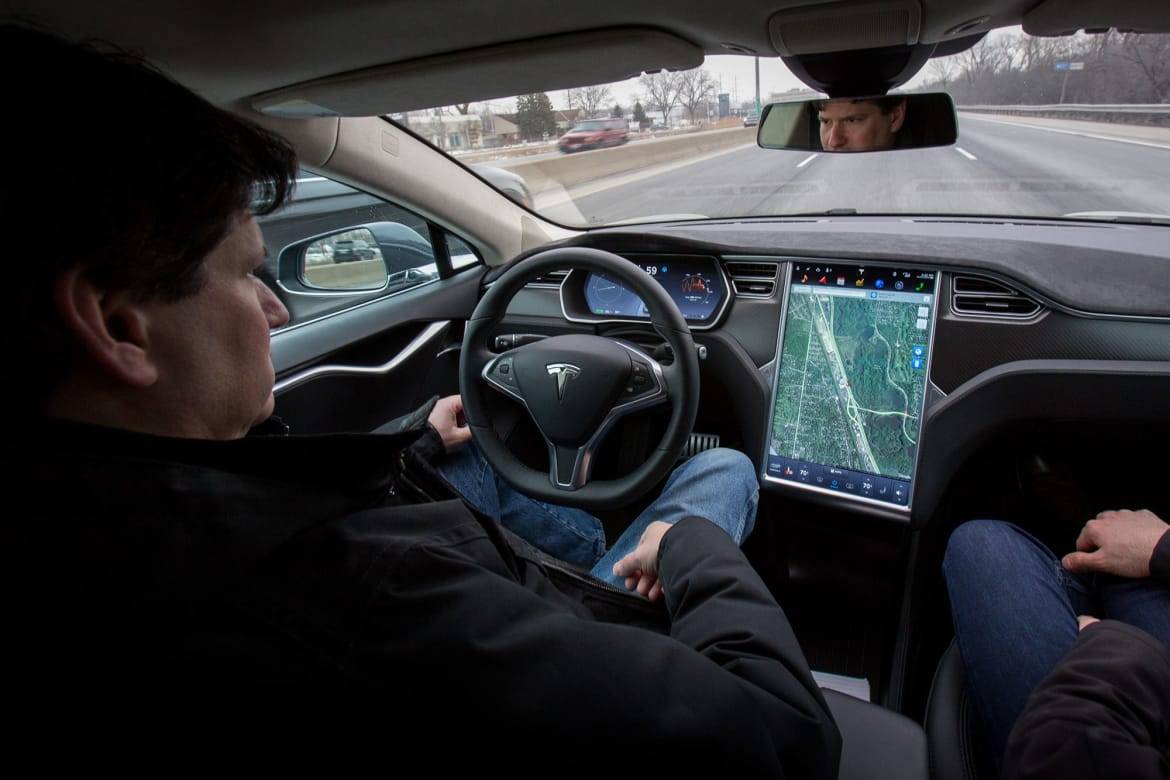chicagotribune.com's view
It was many, many summers ago.
So many summers ago that athletes at the time were promoting Meadow Goldmilk instead of their favorite brew.
It was June, meaning the Cubs had been out of the pennant race for threemonths. The White Sox always waited to fold until the Yankees came to town fora four-game set in early September.
White Sox heroes carried the unlikely names of “Nellie“ and “Minnie“and “Jungle Jim.“ They all wore baggy woolen uniforms because those were thedays before the players carried their wallets in their back pockets to makethe pants fit skin tight.
While the names of sports heroes were a bit odd, top personalities on the tube weren`t much better-Pinky Lee, Buffalo Bob and Uncle Miltie, the lattersometimes wearing a dress.
It was so long ago the Weigel on TV was named John. Son Tim was stillwearing short pants at the time (OK, so maybe it wasn`t that many summersago).
You could get a hamburger at McDonald`s for 15 cents. To work off themeal you gathered with your friends and tried spinning a Hula Hoop around yourwaist.
It was a time of simple pleasures, when most people bought a Chevy, Fordor Plymouth. If there was a “hero“ among vehicles, a particular make thatpeople looked up to, it was Cadillac.
At the time the only people who had Cadillacs were the very rich or thevery old or the local undertaker. In fact, Cadillac was better known as thevehicle in which you got your last ride rather than your first.
It was the summer we had our first ride in a Cadillac. An uncle (hedidn`t wear a dress, at least not on TV) dropped over to the house to give thefamily a drive in the symbol of wealth. A friend of the uncle had let himborrow the car for the afternoon.
Cadillac was big and heavy and-outside of funerals-very fast.
Since there was no string of cars behind us with their headlights on,people knew we were out for a Sunday drive. They stopped and stared at thehuge buggy crammed with eight not very rich and not very old people stillalive and kicking.
Strangers waved. Pedestrians stopped in their tracks and gawked. TheChevies and Fords on the road stayed back a respectable distance.
For an hour or so the adults in the car dreamed, “If only. . . .“ while the kids in the back seat fantasized, “When I grow up. . . .“
But that was then, and this is now. And something happened over all those summers since then. Cadillac lost some of the mystique, perhaps about the timeit went from big and heavy and very fast to small and light and oomphless.
It also lost some of the magic image when undertakers found it too small, light and underpowered to make the plod to the plot. Some, in fact, switchedto Chrysler mini-vans, meaning the last voyage was made in a Voyager.
The Cadillac crest got tarnished some more when the division triedpassing off Chevy Cavaliers as Cadillac Cimarrons.
Then, too, with t he advent of 60 monthly payment schedules and leasing,people who might never have moved up any higher in the social scale than Buickcould now afford to drive a Cadillac. It lost some of its class distinction.
And who can forget those years when the designers got lazy and madeCadillacs look like Oldsmobiles, a rung in stature below even Buick?
When you stop to think about it, Cadillac hasn`t done much right in those many summers since we first plunked our backside on the cloth cushions in the back seat of a Cadillac.
Until now, that is.
Starting with the Seville STS and Eldorado Touring Coupe, the Cadillacnameplate once again means something special.
Cadillac has come up with new Sevilles and Eldorados for 1992 that areexceptional pieces of hardware. The top-of-the-line Seville STS sedan andEldorado Touring Coupe versions have won back the right for Cadillac owners toturn noses upward and for commoners to bend knees curbward in respect for th e prestige image the nameplate once again enjoys.
The attention the cars now command isn`t simply the result of beingbigger (though the wheelbase on the Seville, for example, is 3 inches greater and length 13 inches longer than the `91 it replaced), more expensive(certainly so), or faster (wait until `93 when the STS and Touring Coupeoffer the 32-valve, 4.6-liter, 290-horsepower North Star V-8 versus the 200-h.p., 4.9-liter V-8 they now offer).
We had occasion to test both cars last summer in Detroit on the factorytrack and recently had the Touring Coupe on the streets here. Now we`ve hadthe chance to drive the STS on the local pavement. It continues to beimpressive for performance off the line and into the passing lane.
The STS features a special touring suspension. It`s the suspension thatmakes the STS a car, and not a boat, and the obvious choice over the plainbase model Seville with no initials after it.
You and the car sit flat in corners and turns or when decelerating oraccelerating. Turn the wheel, and the front end responds in the direction you just pointed. The driver has total control. Some sports cars don`t respond as amiably as the STS.
For the safety-minded, a driver-side air bag and anti-lock brakes arestandard. In the first hour behind the wheel the ABS came into play threetimes. The first was when we approached a driveway and a car leaned out toofar onto the roadway. We stopped quickly and in a straight line.
Next, a driver either didn`t see or didn`t care that the light in hislane was red and never even slowed down in approaching the intersection. Onemore time the brakes were applied and the STS stood at attention while theoffender sped across.
The third time was a charmer. A car pulled out of a restaurant parkinglot unannounced. No time for brakes. This intrusion into our lane meant aquick evasive maneuver into the left lane at our side. No sooner had weentered the lane at our side than the car in front of us chose to stop whenthe light turned yellow. On went the brakes. So in a few feet and a fewseconds the STS and its suspension were asked to change lanes and did sowithout the body dipping or swaying and forcing the driver to lose control,and then the brakes were immediately called upon to stop the car before theSTS joined the luggage in the trunk of the car ahead.
It really wasn`t until a few blocks later we realized one other advantage of the Seville STS. The wide seats with side bolsters and the lap/shoulderbelts held us firmly in place so we could use wheel and pedals to avoid amishap. An added plus is that the belt system has a self-adjusting button inthe roof pillar so that you can raise or lower it to keep the shoulder portionfrom rubbing your neck or chin. Kudos to the engineers.
Other plusses with the STS are room and comfort (front and rear), easilyreached and used controls, a decent-size trunk with a lid that opens at a 90- degree angle, and rear doors that open wide.
There were two negatives: no cupholders (except in the bottom of theglove box lid, and they were so shallow they were next to useless) and rear-view mirrors that are a bit too tiny for our liking. We don`t want adesigner to think strictly aerodynamics and petiteness of hardware when itcomes to outside rear-view mirrors and the glass they hold.
Perhaps negative would be too strong a word to describe the styling.Bland would probably be more appropriate. Remember the bustle-back deck lid in1980-`85? That was distinctive. We hated the look at the time, but love thatuniqueness now. The styling of the STS isn`t unique or distinct. It`stolerable.
Base price is $37,975.
Standard equipment includes driver-side air bag, speed-sensitive powersteering, touring suspension, four-wheel power disc brakes with ABS and justabout any goody with the word “power“ in front of it.
Latest news



